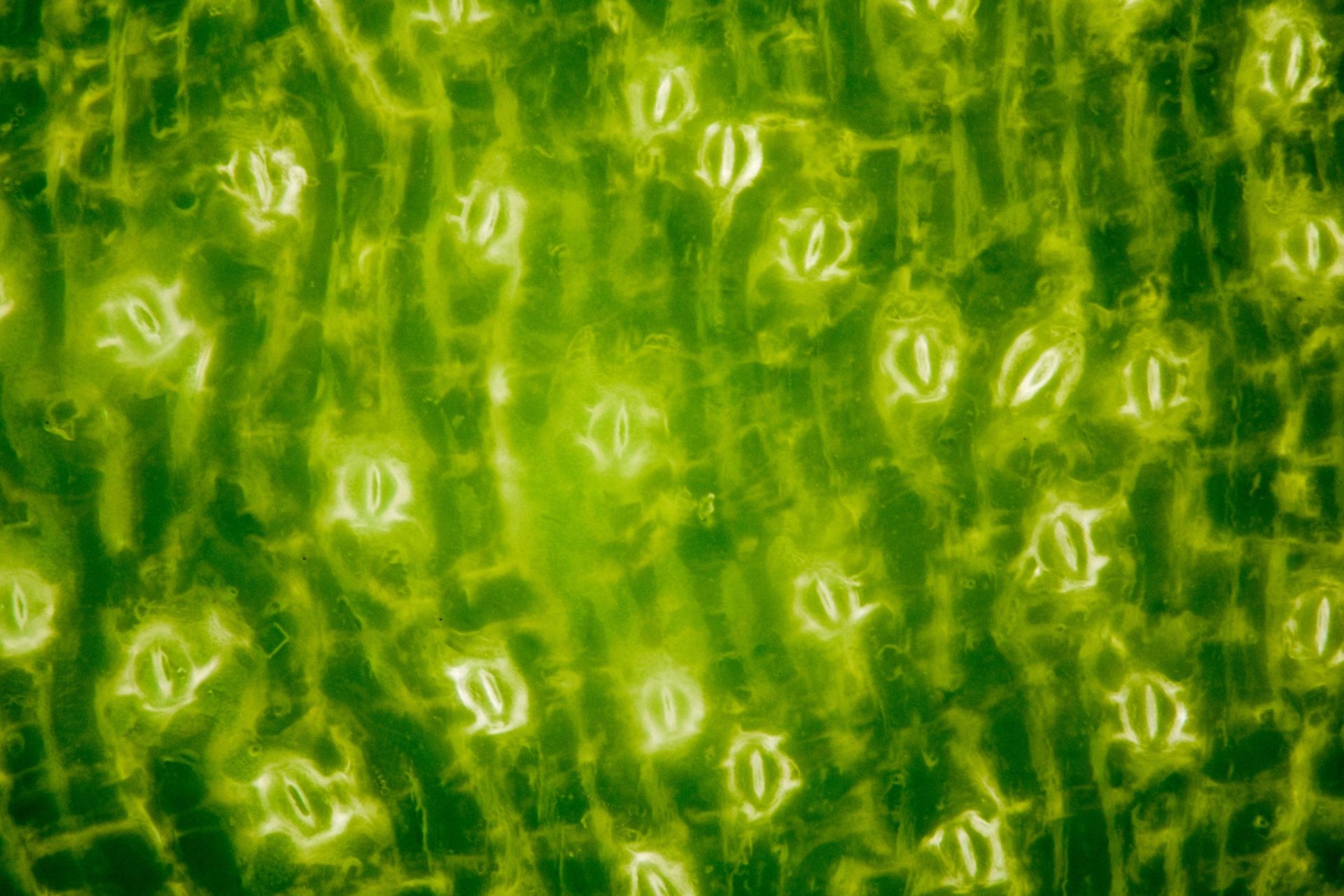
To prevent bacteria from entering their leaves, plants reflexively close their stomata. However, stomata—small pores on the surface of leaves that allow gas exchange—are not infallible and can be a gateway for pathogens. A team from the Department of Biology at the Université de Sherbrooke has found an unusual way of treating infected plants. By exposing them to continuous light for more than 24 hours, they were able to drive out the pathogens. The experiment was directed by Peter Moffett, director of Centre SÈVE, a strategic cluster funded by the Fonds de recherche du Québec – Nature et technologies.
The light stimulated the plants’ immune system by increasing the production of salicylic acid, a hormone that activates the plant’s defence mechanisms and opens its stomata. This action is crucial for recovery, as shown by the same team in another study.
In that study, the researchers identified the mechanism used by the bacterium Pseudomonas syringae to infect plants. Once introduced into the leaf, it forces the plant to close its stomata using a hormone that mimics drought stress. No longer able to evacuate water, the level of humidity increases, creating an environment conducive to the growth of bacteria, which eventually leads to the death of the plant. However, by exposing these plants to light for a prolonged period, the stomata open up and the leaf can transpire, depriving the bacteria of a favourable environment in which to reproduce.
Although this light treatment is difficult to apply in field crops, it could nevertheless benefit greenhouse production, particularly tomatoes, which are hard hit by Pseudomonas syringae. Reducing the number of infected plants could save growers significant financial losses.
Reference: https://www.nature.com/articles/s41467-023-36382-7
